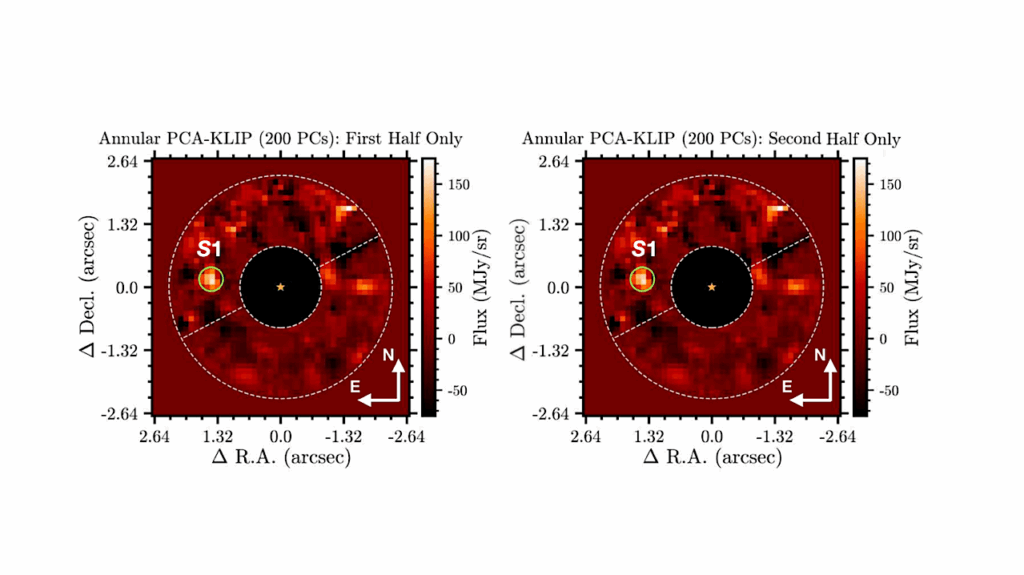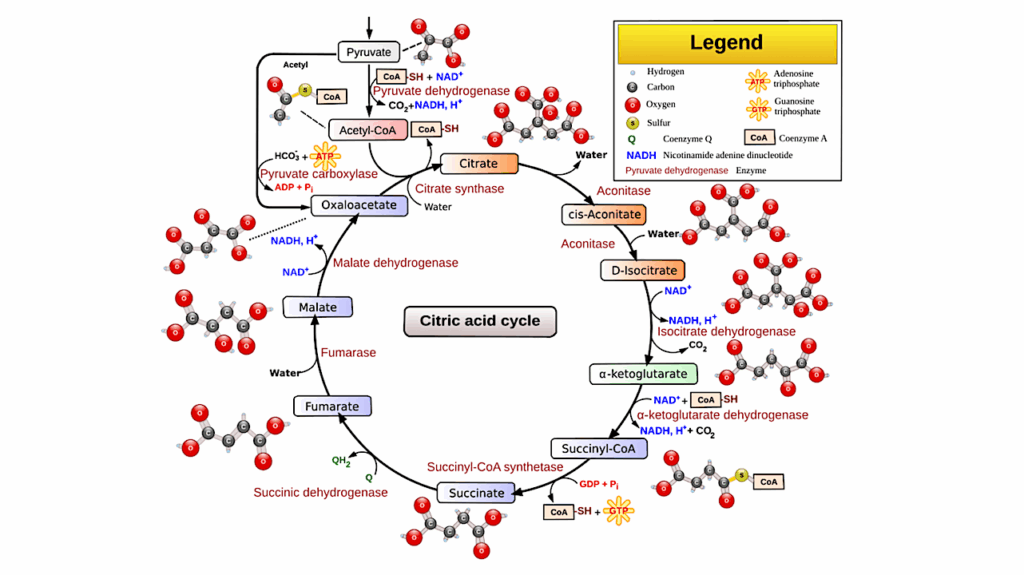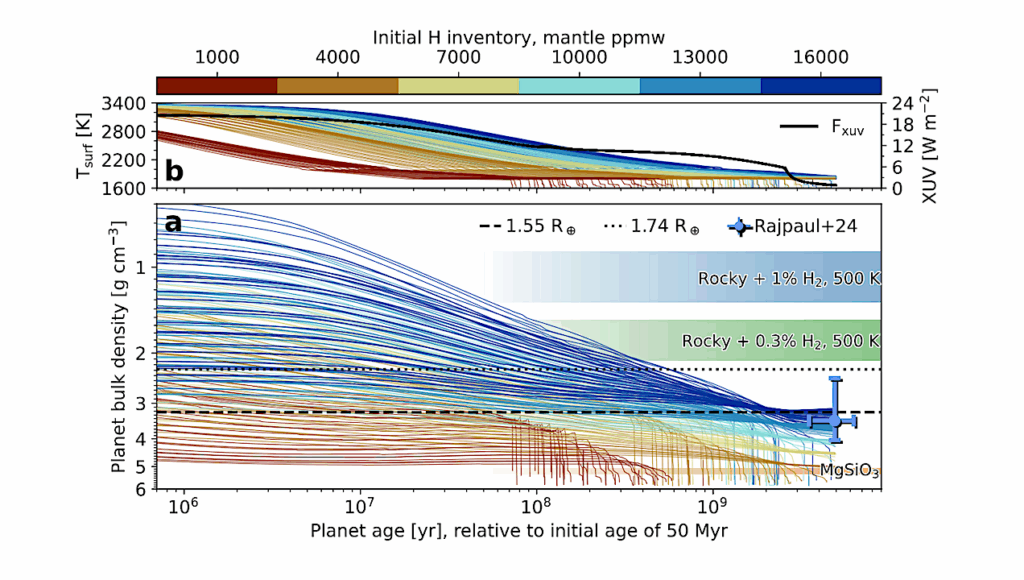Earth Detecting Earth: At What Distance could Earth’s Constellation of Technosignatures be Detected with Present-day Technology?

The field of the Search for Extraterrestrial Intelligence (SETI) searches for “technosignatures” that could provide the first detection of life beyond Earth through the technology that an extraterrestrial intelligence (ETI) may have created.
Any given SETI survey, if no technosignatures are detected, should set upper limits based on the kinds of technosignatures it should have been able to detect; the sensitivity of many SETI searches requires that their target sources (e.g., Dyson spheres or Kardashev II/III level radio transmitters) emit with power far exceeding the kinds of technology humans have developed.
In this paper, we instead turn our gaze Earthward, minimizing the axis of extrapolation by only considering transmission and detection methods commensurate with an Earth-2024 level. We evaluate the maximum distance of detectability for various present-day Earth technosignatures — radio transmissions, atmospheric technosignatures, optical and infrared signatures, and objects in space or on planetary surfaces — using only present-day Earth instruments, providing one of the first fully cross-wavelength comparisons of the growing toolbox of SETI techniques.
In this framework, we find that Earth’s space-detectable signatures span 13 orders of magnitude in detectability, with intermittent, celestially-targeted radio transmission (i.e., planetary radar) beating out its nearest non-radio competitor by a factor of 103 in detection distance.
This work highlights the growing range of ways that exoplanet technosignatures may be expressed, the growing complexity and visibility of the human impact upon our planet, and the continued importance of the radio frequencies in SETI.
Sofia Z. Sheikh, Macy J. Huston, Pinchen Fan, Jason T. Wright, Thomas Beatty, Connor Martini, Ravi Kopparapu, Adam Frank
Comments: 18 pages, 1 figure, 2 tables, published in AJ
Subjects: Instrumentation and Methods for Astrophysics (astro-ph.IM); Earth and Planetary Astrophysics (astro-ph.EP); Popular Physics (physics.pop-ph)
Cite as: arXiv:2502.02614 [astro-ph.IM](or arXiv:2502.02614v1 [astro-ph.IM] for this version)
https://doi.org/10.48550/arXiv.2502.02614
Focus to learn more
Journal reference: AJ 169 118 (2025)
Related DOI:
https://doi.org/10.3847/1538-3881/ada3c7
Focus to learn more
Submission history
From: Sofia Sheikh
[v1] Mon, 3 Feb 2025 23:38:01 UTC (201 KB)
https://arxiv.org/abs/2502.02614
Astrobiology, SETI,








